Groundskeepers appreciate extra hands
Photo by Kainoa Deguilmo
Mr. Bruce Omalza is one of the groundskeepers at Kamehameha Maui that helps to keep the campus clean and at its best for students.
School groundskeepers are essential in maintaining our school’s landscape. Mr. Bruce Omalza, one of the groundskeepers here, helps to keep everything clean, presentable and safe for the students and teaching staff.
Groundskeepers have demanding schedules. On Mondays and Tuesdays, they start their day at the elementary school and work their way down to the middle and high school. They do prep work with the weed eaters, getting curbs and other smaller areas that the big machines and lawnmowers cannot reach or fit into, and then use the larger lawnmowers to trim the open areas the following day.
In addition to the lawn work, they also do general duties on Thursdays and Fridays. General duties are tasks such as clearing debris and checking for rubbish around the campus. Other things they do include trimming shrubs and picking up dry or dead ti leaves from the bushes. This task also includes pruning shrubs, cleaning the planters, keeping the staircases clear, and spraying pesticides to kill the weeds. These tasks are usually accomplished when students are on break and not at school.
With demanding schedules and tasks such as these, they say that students can lend a helping hand by making sure that trash gets into the trash cans, whether it is theirs or someone elseʻs.
“Leaving rubbish on the ground is a bad thing,” Mr. Omalza said, “but to see it and just walk by without picking it up, is just as bad.”
He went on to explain that students can do their part to keep the campus clean by not littering. He said that “more hands on a job make the work lighter.”
Fellow groundskeeper Mr. Leland Hoʻopiʻi said that students should also stay out the planters, especially the ones with the cinder stones. He said that the stones end up on the sidewalks, where they pose a safety hazard for students and visitors, who can trip and fall or twist an ankle. Thatʻs in addition to making more work for the small groundskeeping crew.
“If students look at [the campus] like their house, or their room,” Mr. Omalza explained, “they would take better care of it, like their own kuleana.”

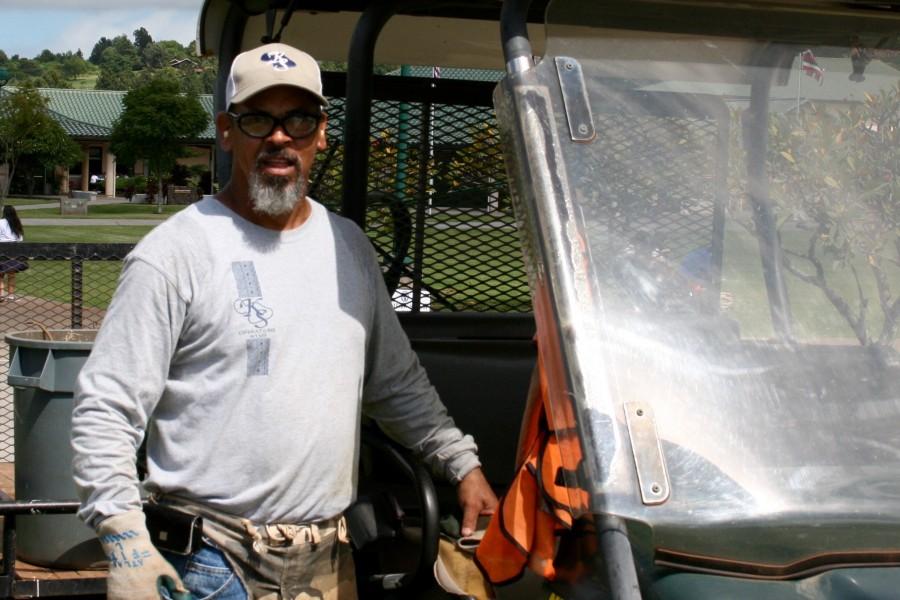
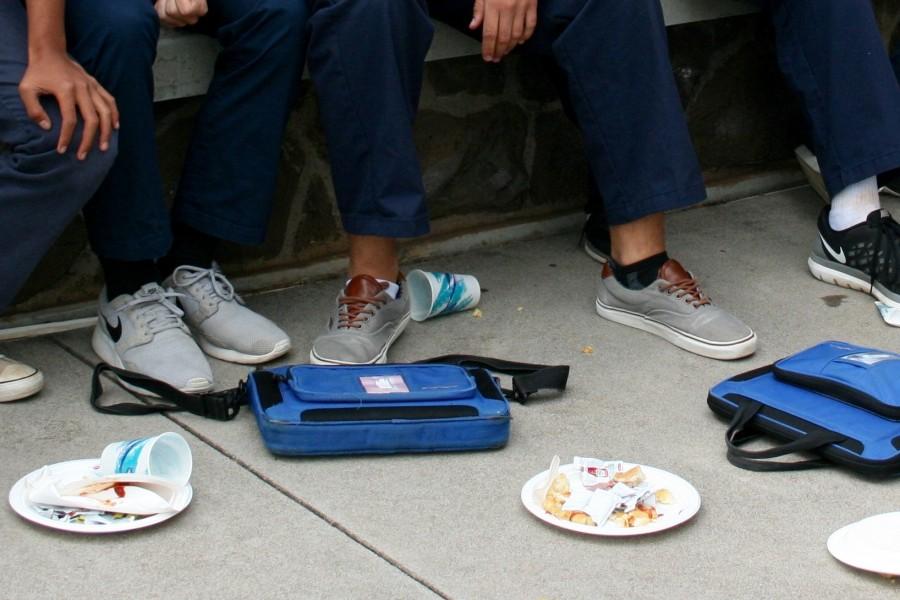

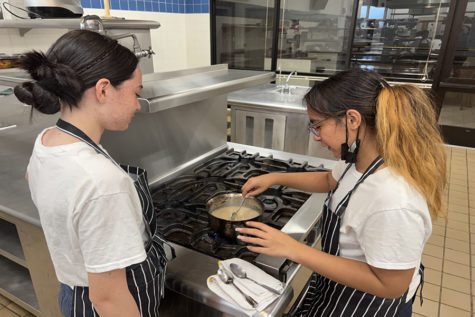
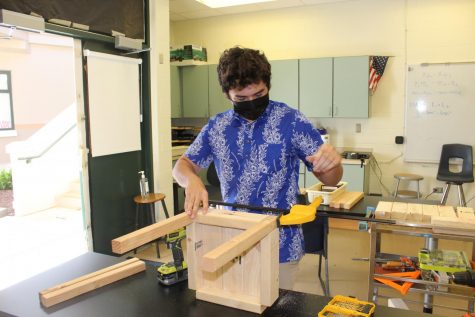
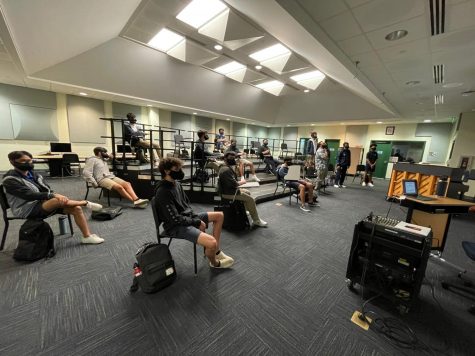
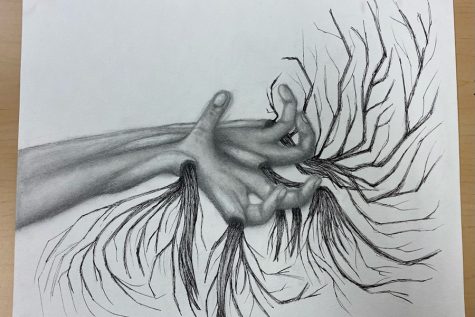
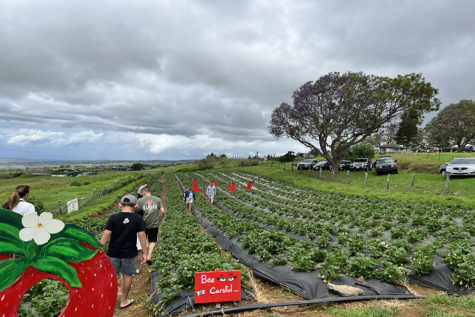
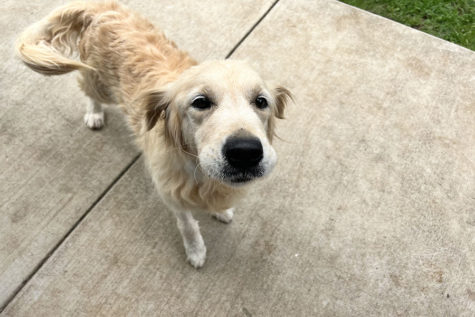
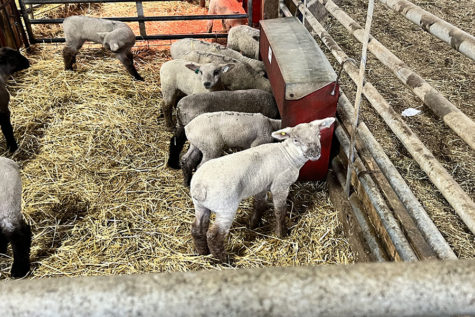
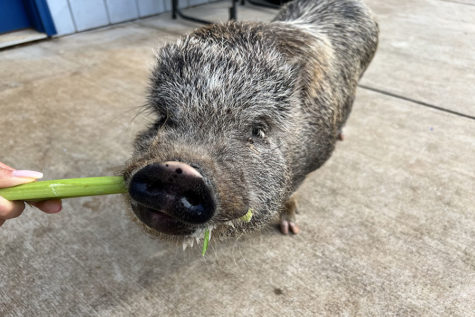
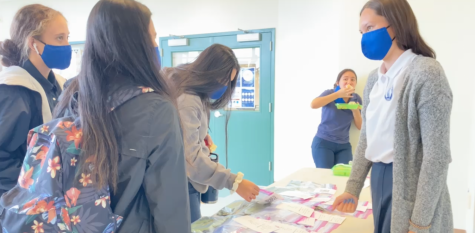

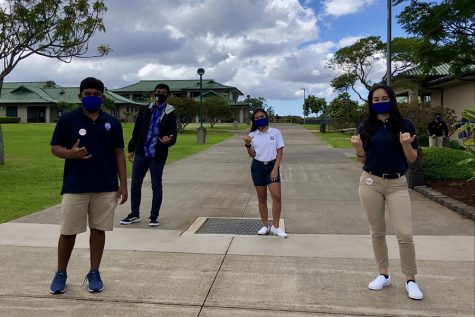
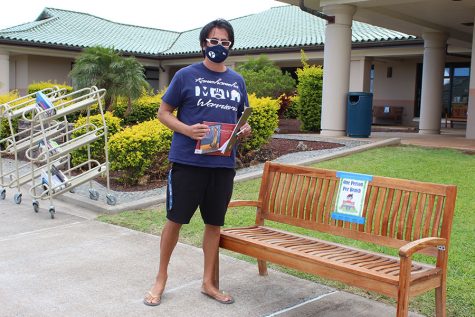
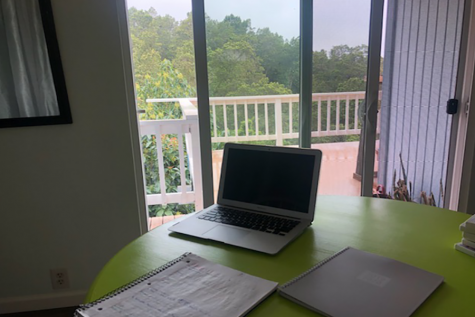
Lance Cagasan • Nov 10, 2015 at 9:38 am
Mahalo Kainoa for writing this segment. Our grounds crew do an amazing job! Not only can we assist , it’s really all of our kuleana in keeping “our” campus looking beautiful.